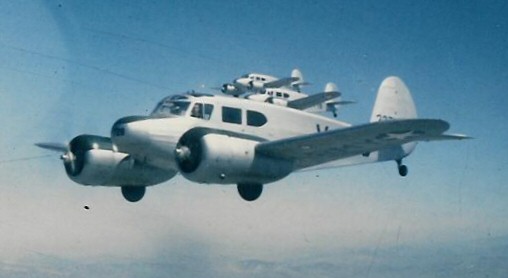[SIZE=4]SN1E Coati / ENAER Coati-N Advanced Trainer[/SIZE]
Scout-Trainer #1, ENAER
[SIZE=3]General characteristics:[/SIZE]
Crew: 2 (trainee pilot + instructor)
Length: 29.5 ft (9m)
Wingspan: 39.4 ft / 12m
Height: 9.8 ft / 3m
Wing area: 226 ft² / 21m²
Empty weight: 4,400 lbs (1,995 kg)
Loaded weight: 5,511 lbs (2,500 kg)
Powerplant: 1× Austral Streiff 1000 hp (745 kW) R14, or Bristol Mercury (870hp) radial
[SIZE=3]Performances:[/SIZE]
- Maximum speed: 250 mph / 402 kph (217 knots)
- Max Range: 400 mi (644 km)
- Service ceiling: 25,000 ft (7,620 m)
- Rate of climb: 7.5 ft/s (2.29 m/s)
[SIZE=3]Armamant:[/SIZE]
- 2x.30cal MG (wings) for target training
- 5lb or 10lb underwing smoke bombs for training
[SIZE=3]Variants:[/SIZE]
- SN1E Coati- Scout-Trainer: advanced trainer.
- SN1E-2A Coati-N Scout-Trainer: advanced trainer set up for carrier operations, equipped with arresting gear and folding wings
- OS1E Sea Coati Observation-Scout: Naval floatplane
Notes
The Coati is a single-engined, retractable-gear, low-wing monoplane with an enclosed cockpit. The instructor sits behind the pilot trainee. Controls are designed to instruct trainees on the information necessary to fly modern frontline fighters. Two .30cal machine guns are installed in the wings for gunnery practice, and five-pound or ten-pound smoke bombs can be carried in underwing stations. It should be noted that the Coati is not armoured for combat. Civilians can also purchase the Coati, albeit without bomb racks.
A Coati test aircraft has been demonstrated to be capable of carrier landings, and the plane can be fitted with arrestor hooks; this option is being offered under the name Coati-N. Under the 1938 fiscal year budget, the FACh has ordered thirty-six Coatis, while the Armada de Chile Arma Aerea has ordered twelve Coati-N for training purposes. Argentina has also ordered the Coati-N.

